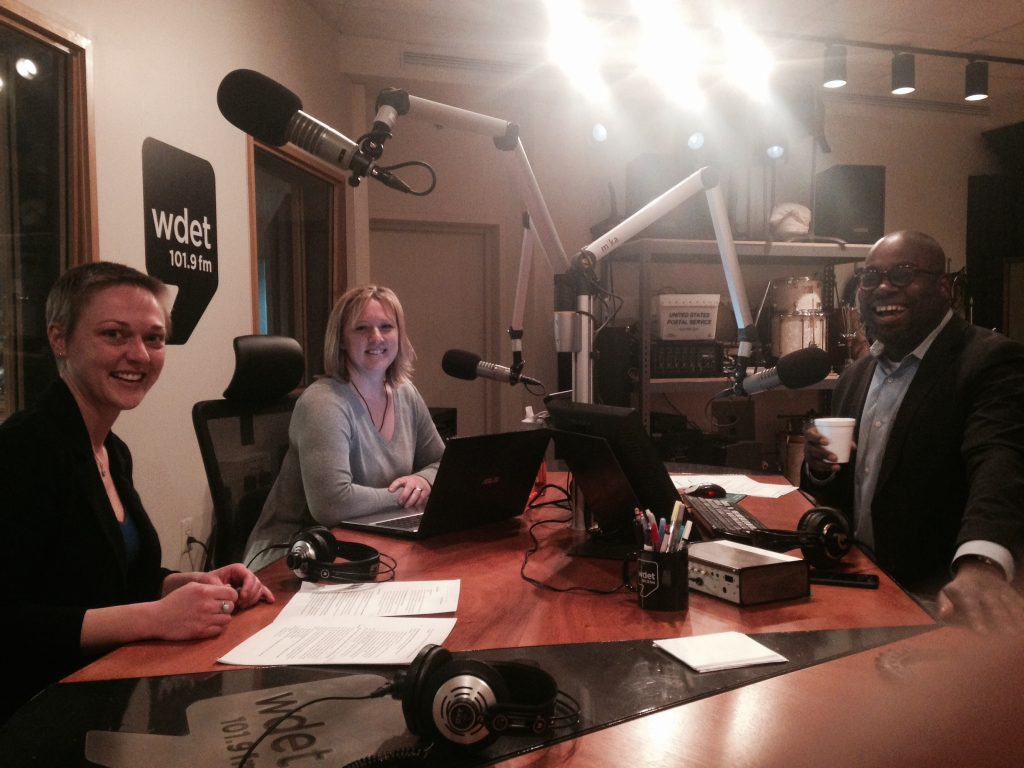Detroit Today: WDET, Data Driven Detroit Launch Detroit By The Numbers
How is poverty measured and why is it important? Find out on Detroit Today.

Detroit By The Numbers is a new series on WDET that will separate fact from fiction on various myths around the region.
Sandra Svoboda says, “it was based on the idea of getting accurate facts about the city, about the region that we can all agree on.”
The first topic, one of the largest, is poverty.

Stephen Henderson was joined by Sandra and Erica Raleigh from Data Driven Detroit to start the discussion about poverty and the data that surround it. Detroit has one of the highest poverty rates in the state with nearly 41 percent of Detroiters falling under the Federal Poverty Threshold.
This number can be misleading because the threshold is set low, and many agree that it is an outdated calculation. It was first calculated in the 1960s based on families spending one-third of their income on food. Today we spend far less and more on other necessities. According to Erica, families spend about 50 percent of their household income on housing and transportation costs.
While the threshold gives a great starting point, one area of poverty that isn’t calculated by the Federal Government is the lack of access to opportunity. Data Driven Detroit, created The One D Scorecard, an interactive map that allows users to see what areas of the region have great access to opportunity and what areas have very little. While we can look at the numbers and data surround poverty, “It’s really important to keep in mind that human element” says Erica.
Detroit By The Numbers hopes to bring this human element to the numbers with its continued coverage.
Listen to Sandra’s first report on Detroit Today in the audio link above, and look for stories elsewhere at the Detroit by the Numbers page.
Powered by The Detroit Journalism Cooperative with support from The James L. Knight Foundation, The Ford Foundation, and Renaissance Journalism’s Michigan Reporting Initiative.
